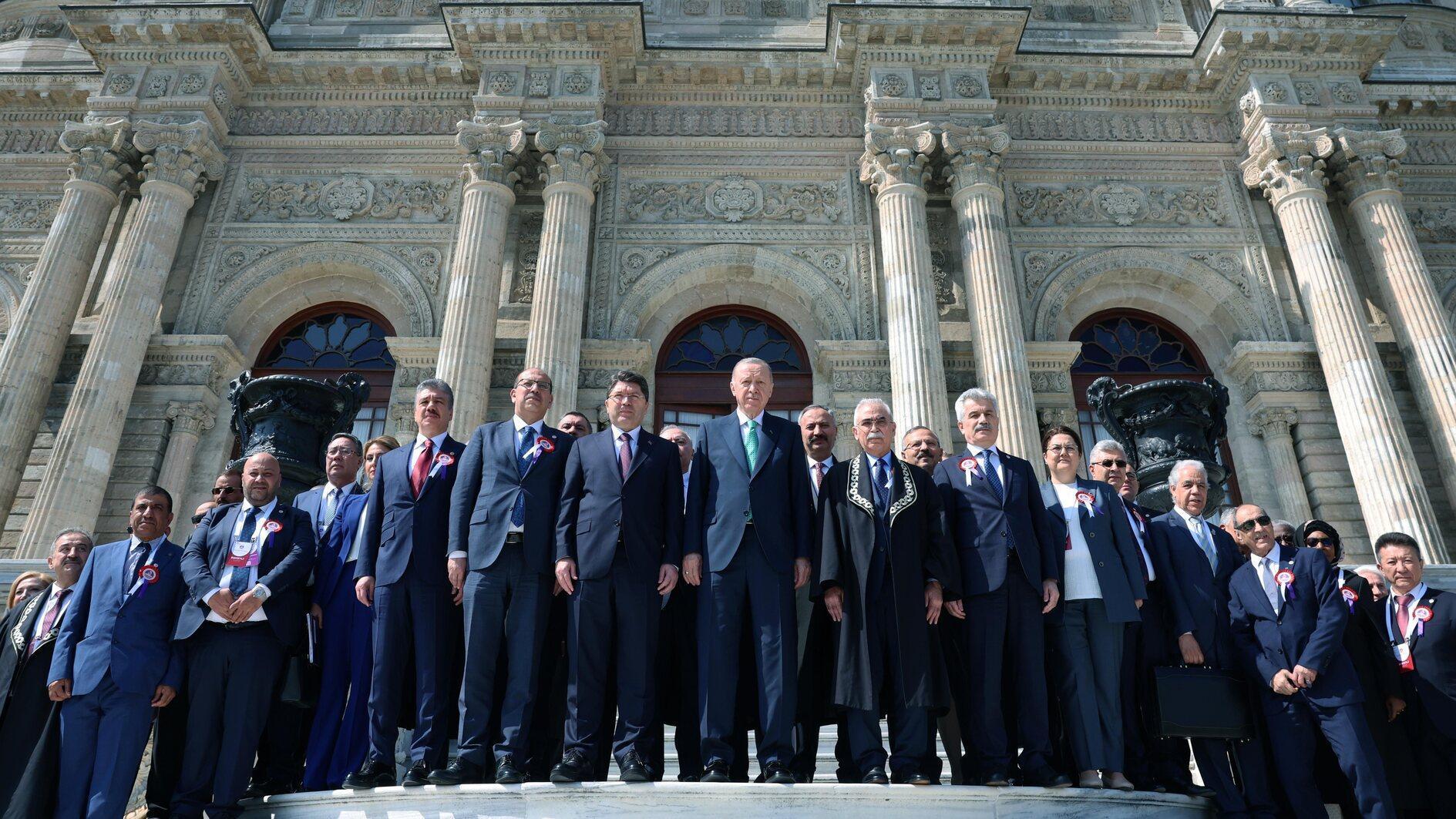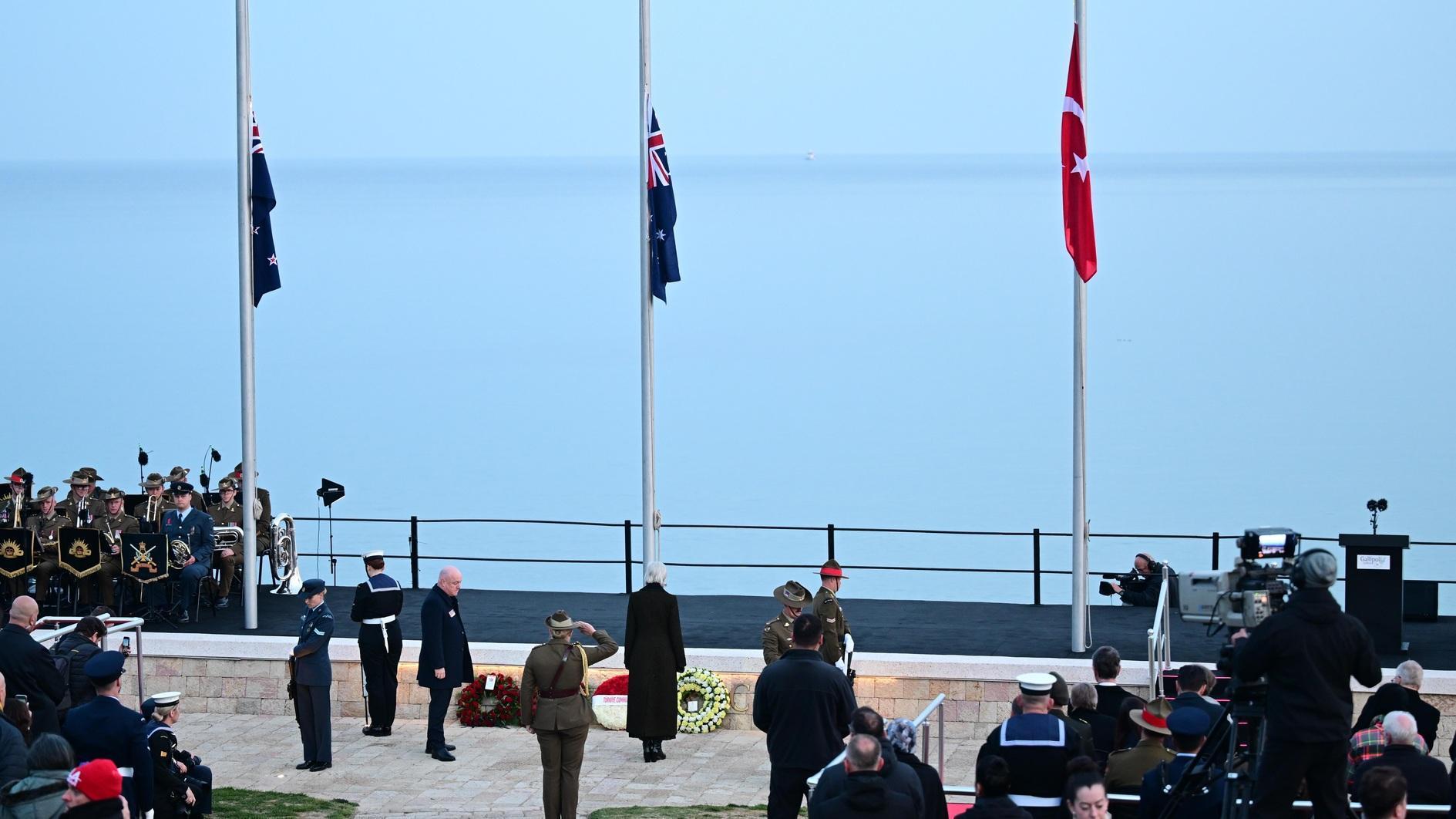Excavations at Yoros Castle to move to military zone
ISTANBUL - Hürriyet Daily News

The Yoros Castle was a place for defense. It defended the entrance of the Bosphorus and functioned as a military barracks in Ottoman times. AA Photo
Excavations that began in 2012 in Istanbul’s remaining Byzantine castle, Yoros, could soon continue in a restricted military zone pending approval from army officials.“The lower part of the castle is within the borders of the military area, and military housing complexes are there. We want to work in this military area because the castle should be handled as a whole,” said Professor Asnu Bilban Yalçın, who is heading an excavation team of 30 people in collaboration with the Culture and Tourism Ministry and Istanbul University. “The Yoros Castle has historic importance. I believe that we will find many things in the other part. We demand officials give permission for us to work there.”
Yalçın said excavations had started on July 1 this year and that they would work for two months within the castle, which is on the UNESCO World Heritage List. “We started working with an environmental cleaning. It has taken so long. Then we will start archaeological works.”
Speaking about the castle, the professor said it was a place for defense, adding that it defended the entrance of the Bosphorus and functioned as a military barracks in Ottoman times.
She said they had unearthed underground structures from the Ottoman period, objects used in quotidian life by soldiers, as well as stone and bronze cannon balls and plates used to eat food. In this year’s excavations, they found a few coins that had been delivered to the Istanbul Archaeology Museums, she added.
Citizens can view works in the castle
Yalçın said ordinary citizens could also view the works in the castle. “Groups visit us and we introduce the excavation area to them. Schools also make demands to come and see the works. We try to teach archaeology to children and give them an appreciation for this field.”
She said the excavation area was quite big. “The Yoros Castle region consists of an area starting from the Anadolu Kavağı neighborhood until Yuşa Hill. Besides the upper castle, there is also a wide lower castle here [in the area currently controlled by the military]. The castle is made up of these two parts and considered as a whole.”
Castle could become a tourist draw
Istanbul Culture and Tourism Director Ahmet Emre Bilgili said excavations were currently continuing in the walls inside the castle.
“There are also walls outside the castle. These walls should also be excavated. This part of Istanbul has magnificent nature and cultural heritage. As the Culture and Tourism Ministry, we want to make use of it. Tourists come to this area. The castle could turn into a center of tourism attraction along with the outside walls and Anadolu Kavağı with environmental arrangement projects,” Bilgili said.
Bilgili said Istanbul Gov. Hüseyin Avni Mutlu had also extended serious support to the works at the site. “With this support, excavations are going strong,” he added.
As for the effects of archaeological excavations in the region’s tourism, Bilgili said: “Archaeological remains are a big heritage underground. The Archaeology Museum’s depots are full now. We, however, are planning a new archaeology museum.”
















